Summary of Drones in the Nagorno Karabakh War and the Russo Ukrainian War
Although commercial drones are more vulnerable on the battlefield than military drones, they are equipped in large quantities due to their low cost and lack of complex ground infrastructure such as runways and ground stations. At present, in terms of destructive effects, the three types of drones are the most widely used and influential, namely:
① Patrol missile, a suicide drone with beyond visual range strike capability that roams over the target area.
② Unidirectional attack drones, also known as the "Divine Wind" special attack team, can accurately strike point-to-point and self destruct upon reaching their location.
③ FPV drones, also known as first person perspective drones, can launch surprise attacks on fast-moving targets within a range of 12 kilometers and evade stationary targets.
The concept of FPV unmanned aerial vehicles (UAVs) has emerged in the Russian Ukrainian battlefield, and the Ukrainian military has creatively transformed the platform that originally carried out remote operations, such as ground surveillance and long-range killing, into a tool for delivering explosives at close range and improving artillery accuracy at a low cost. For small unmanned aerial vehicle systems weighing less than 150 kilograms, the Ukrainian military's incremental advantage in commercial unmanned aerial vehicle applications ultimately improves the cost-effectiveness of unmanned aerial vehicle operations. This retrofitting approach reflects the degree of reliance of combat units such as platoons or individual soldiers on unmanned aerial vehicles.
After more than 800 days of war, the Russia-Ukraine conflict has become the first comprehensive drone war. At the beginning of the war, the types of unmanned aerial vehicles available to Russia and Ukraine have developed from over 20 before the war to over 70 currently, and are compatible with more than 20 types of ammunition. Among them, Tu-141 and Tu-143 are mainly used for reconnaissance, collecting intelligence, providing real-time images, improving situational awareness and combat accuracy; Orlan-10 and Aerostar are mainly used for surveillance, continuously monitoring enemy movements and locations, maintaining strategic advantages, and making tactical adjustments possible; TB-2, Harop, Orbiter 1K, SkyStriker, Lancet, Switchblade are mainly used for strikes, equipped with weapon systems and performing precise strikes, changing the traditional combat mode. On the 1000 kilometer long stalemate between Russia and Ukraine, there are usually 25-50 drones shuttling between the two sides in the middle area every 10 kilometers or so.
Within 19 months of the outbreak, although the Ukrainian military deployed 3.8 times more drones than the Russian military, the Russian military utilized medium to short-range air defense systems and powerful electronic warfare capabilities (jamming sensors and unencrypted satellite navigation systems or communication links of commercial drones) to destroy a large number of Ukrainian drones. In terms of the number of drone attacks, the success rate of the Ukrainian army is 14.3%, far lower than the 54.0% of the Russian army; From the perspective of intercepting drones, the success rate of the Ukrainian military is 43.3%, which is also lower than the 85.1% of the Russian military. The above data indicates that the comprehensive utilization capability of Russian unmanned aerial vehicles is slightly higher. Both sides' drones have gradually evolved into disposable equipment, with an expected lifespan of only 5-6 sorties.
In terms of technological innovation in the use of drones, the Ukrainian military is one step ahead. For example, in terms of informatization, this is undoubtedly supported by NATO's information support and satellite links, as well as the promotion of Ukrainian civilian research and development. A digital map called "Delta" integrates information from drones, radar, smartphones, satellite images, and open-source intelligence networks, which can clearly display the size, firepower, location, and other information of the Ukrainian military and opponents within a certain range on handheld tablets or mobile phones, providing real-time battlefield information for combat units as low as platoon level. Similar software includes GIS Arta, Kropyva and other apps. This type of innovative situational awareness tool means that different combat units can coordinate organically, enabling artillery to quickly share the coordinates of enemy units, accelerate the aiming process, and shorten the kill chain time from target acquisition to shooting - which used to take about 30 minutes - to 3-5 minutes.
Throughout the more than two years of warfare, what we have seen are only individual unmanned aerial vehicle reconnaissance, artillery calibration, or close range attacks, with few reports or videos of groups of unmanned aerial vehicle fleets fighting. This phenomenon indicates that, given the powerful reconnaissance and strike capabilities of drones, dispersed operations must be carried out by platoons and platoons. Therefore, the current application of drones is concentrated at the level of combat teams and is almost an essential individual equipment. Small commercial unmanned aerial vehicles have limited ammunition capacity and limited killing range; For combat operations of battalion or brigade scale, military drones with medium to long endurance are required to carry out large-scale reconnaissance, surveillance, or attack missions. In addition, how to identify friend or foe is also a challenge for the application of drone fleets in response to the numerous drone swarms over the battlefield.
Except for a few mountainous areas in the southwest, Ukraine's vast land is flat and connected by rural areas between cities. In plain warfare, traditional ground military forces rely on cover or trenches to fight inch by inch for land. In this situation, drones can efficiently play a unique role, cooperating with ground military forces to clear, control, and defend territory. Especially for flexible and maneuverable FPVs, once they see the target, they can basically lock onto and destroy it. Due to the current stalemate between Russia and Ukraine, it is difficult for large-scale combat to occur in a short period of time. Therefore, the drones of the Russian and Ukrainian armies are mainly used for "surprise attacks", similar to "firing cold guns", making it difficult for opponents to respond.
The impact of drones on future battlefields
The Russia-Ukraine conflict and even the previous local wars in which UAVs participated, whether in terms of weapons and equipment, or in terms of military thinking and combat style, did not go beyond the scope of traditional warfare. The emergence of a large number of drones will have certain impacts in local areas, such as: ① Drones have changed some tactics of the army. In the past, infantry attack and defense only needed to pay attention to the enemy dynamics in the front, back, and side directions, but now they have to be alert to the possibility of omnidirectional attacks from drones above their heads; ② Curved trenches or shelters cannot withstand FPV's agile pursuit; ③ Tanks are forced to install simple "ceilings" and welded iron fences to enhance their anti drone capabilities. In addition, drones are making it increasingly difficult for troops to gather or launch surprise attacks. Such tactical changes are localized and not sufficient to infer that drones are beginning to shape the future mode of warfare. The capabilities of drones still need to be further developed, and new technologies such as artificial intelligence have not empowered drones. The conflict between Russia-Ukraine conflict is still a mixed war. There is not only high-end information war, but also the use of old equipment since World War II. For example, the Russian T-54 tank (finalized in 1947) appeared in the Russian Ukrainian battlefield, and the Uzbek Yak-52 trainer shot down the Russian Orlan-10 UAV with a submachinegun.
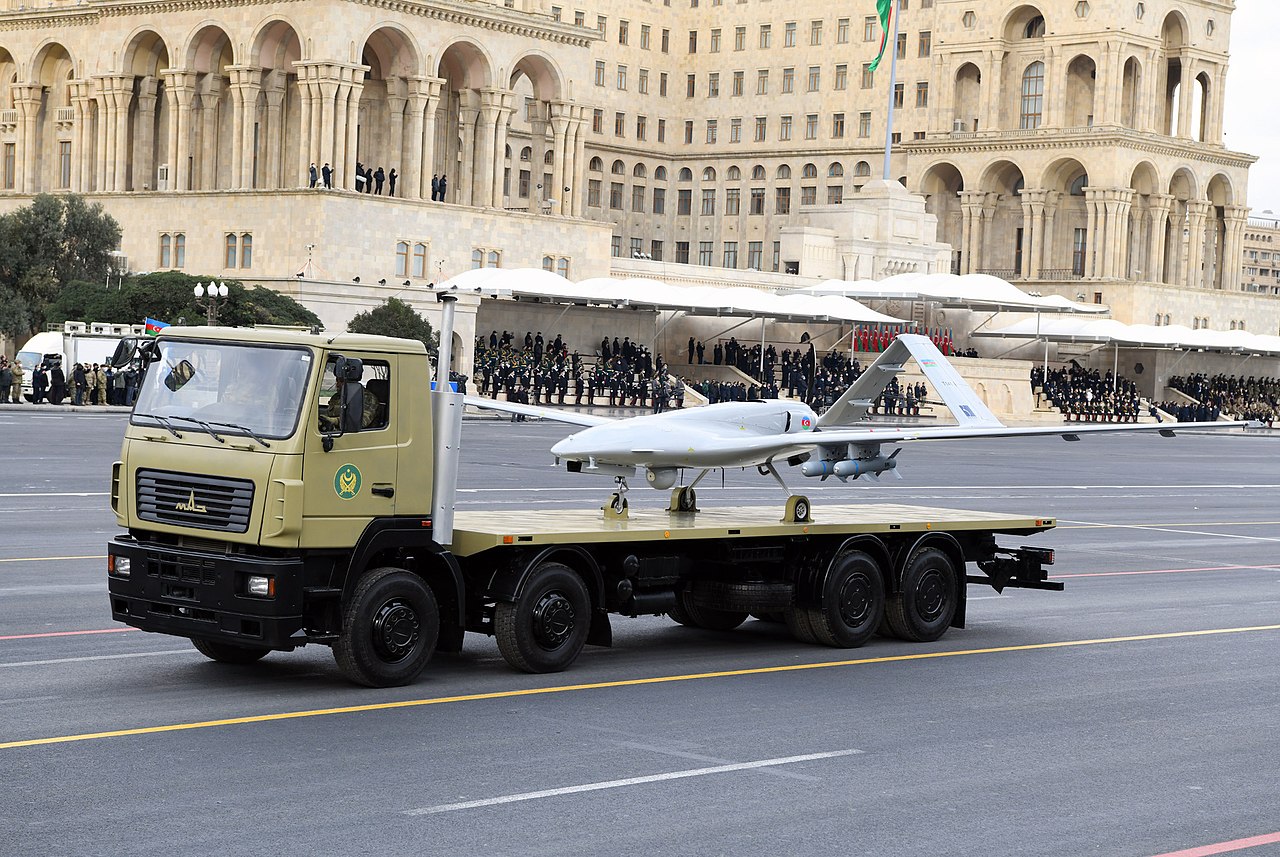
Russian Orlan-10 drone.
Conclusion
With the increasing application of drones, traditional ground armor, mechanization, and mobile formations are highly vulnerable to advanced drone combat weapons and concepts. Without powerful air detection and anti drone weapons, traditional ground forces will face great difficulties in the future. Facing the future application of drones, especially drone swarms, it is urgent to develop new electronic warfare methods and traditional firepower air defense systems.
When one side gains an advantage through the use of drones, the other side will also strengthen their drone capabilities to narrow the gap, which will lead to a drone arms race between the two sides. When this competition reaches equilibrium, the weapon to break it is anti drone equipment. Therefore, in the foreseeable future, various anti drone equipment will be essential weapon platforms for the next war.
<<<<<<<<<<======================www.spandatech.com==========>>>>>>>>>>>>>>>>>>>>>>>>>>>
Small Panda Technology (Dubai) Co., Ltd. is a window for global expansion, promoting Chinese brands, Chinese culture, and Chinese technology products. Its main products include drones, anti drone series, and AI robots,
AI bipedal robots, AI quadruped robots, unmanned aerial vehicle systems, small phased array radars, etc.
Small Panda Technology (Dubai) Limited is a product display and sales base, as well as an overseas marketing and promotion base,
Assist friendly countries and regions overseas to achieve a leap from single equipment to AI intelligent and unmanned systems, and from conventional equipment to AI, information, and unmanned systems.
Small Panda Technology (Dubai) Limited has been established with nine functional departments, namely Office, Technology Quality Department, Overseas Expansion Department, Human Resources Department, Finance Department, Peace Work Department, Audit and Supervision Department, Safety Supervision Department, and Confidentiality Office.
For a long time, Little Panda Technology (Dubai) Co., Ltd. has been at the forefront of overseas military industry in terms of comprehensive strength and technological products. Little Panda Technology (Dubai) Co., Ltd. has always adhered to the mission of strengthening the military and the main responsibility of economic construction, firmly grasped the opportunity of deep integration of military and civilian development in the country, actively promoted the strategy of "maintaining the leading position of military products overseas, strengthening military products, exploring overseas development space for civilian products, and expanding civilian products", increased scientific and technological innovation, strengthened the construction of military core capabilities, accelerated the overseas export and promotion of high-tech weapons and equipment such as remote, information, intelligence, and unmanned, accelerated the transformation and upgrading of overseas products, and is committed to building a military civilian integrated overseas multinational company with core competitiveness, making new and greater contributions to China's defense exports and Chinese brands in the new era.
website: www.spandatech.com
telegram: panda55855
Address: Dubai Market, سكة 1 9
دبي
الإمارات العربية المتحدة

<<<<<<<<<<======================www.spandatech.com==========>>>>>>>>>>>>>>>>>>>>>>>>>>>
Related Articles
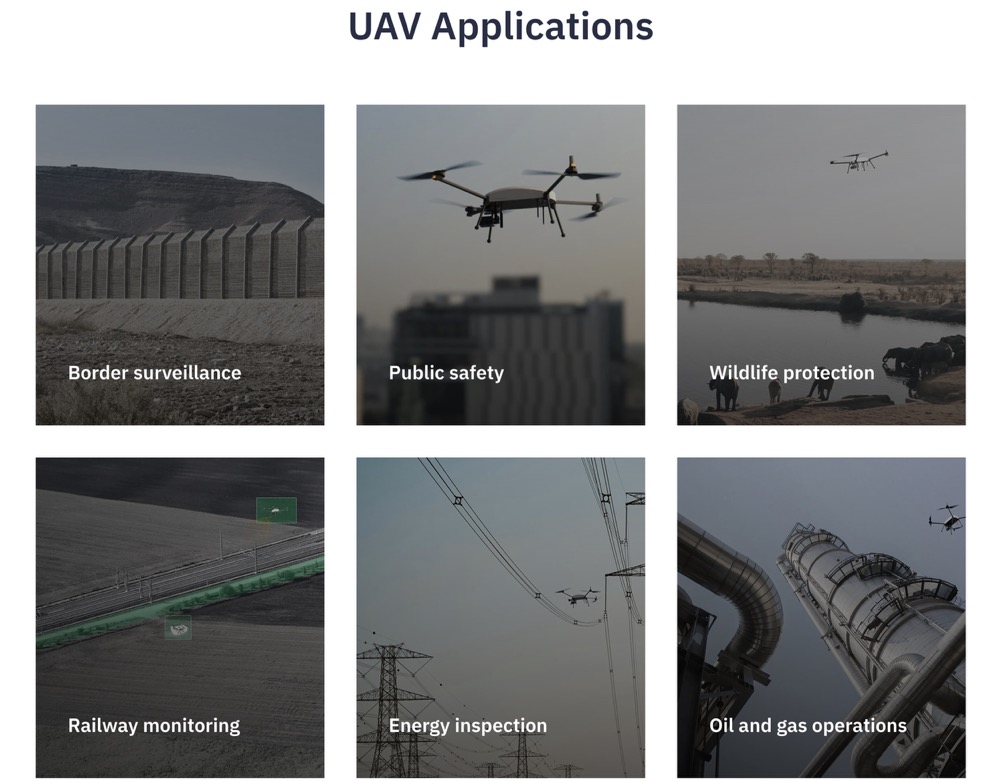 Kim Jong un observes UAV/drone test, development of AI Weapons
Kim Jong un observes UAV/drone test, development of AI Weapons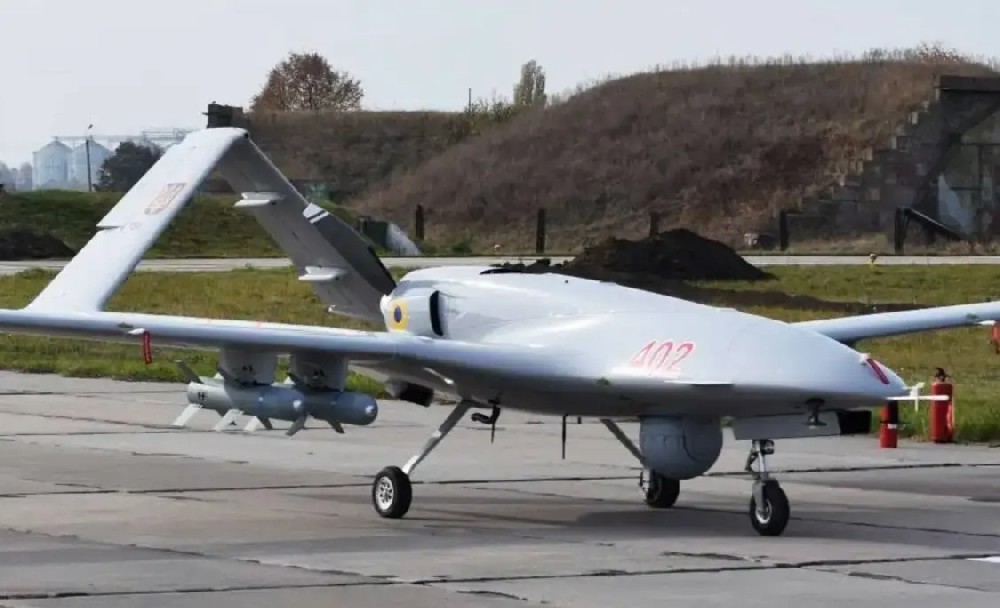 Summary of Drones in the Nagorno Karabakh War and the Russo Ukrainian War
Summary of Drones in the Nagorno Karabakh War and the Russo Ukrainian War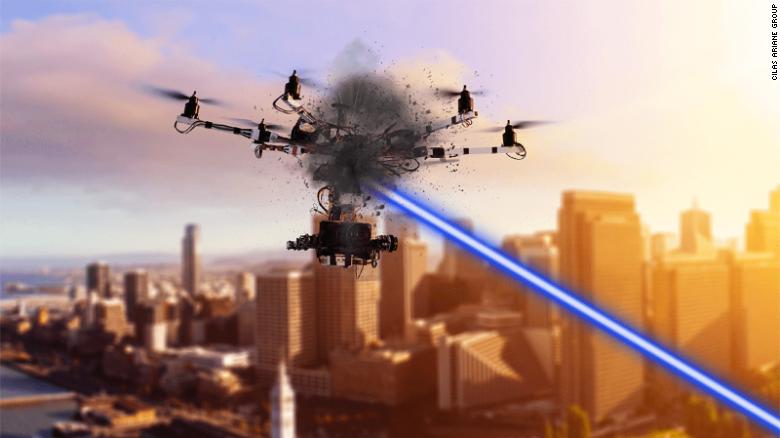 How are drones used on war? drones ruled the war
How are drones used on war? drones ruled the war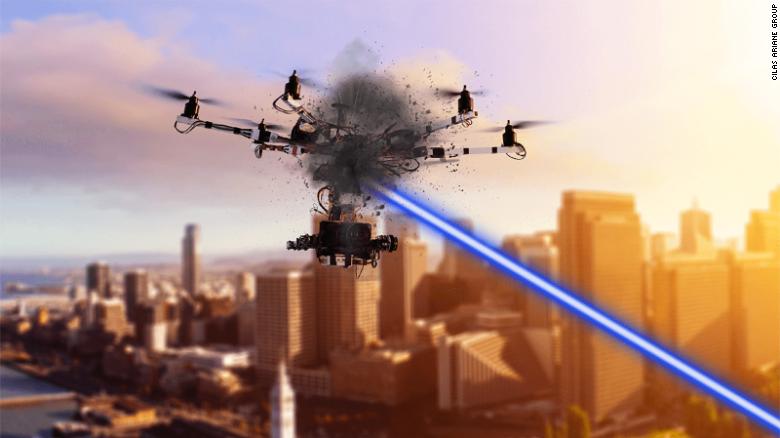 A laser gun for anti drone
A laser gun for anti drone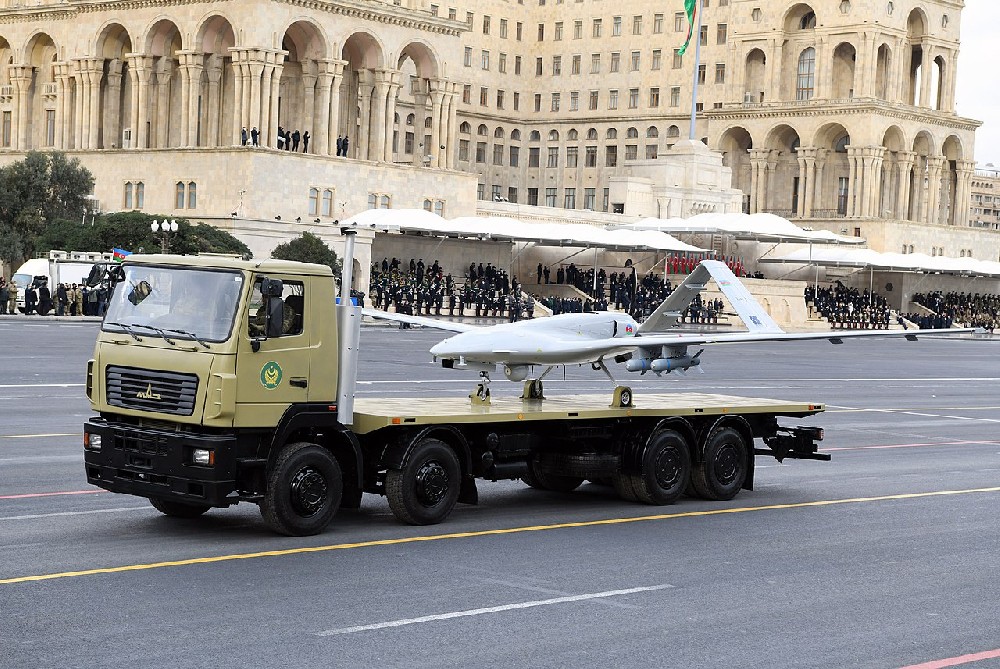 Experience and lessons learned from drones in the Russo Ukrainian War, guide to purchasing drones/UVA
Experience and lessons learned from drones in the Russo Ukrainian War, guide to purchasing drones/UVA
